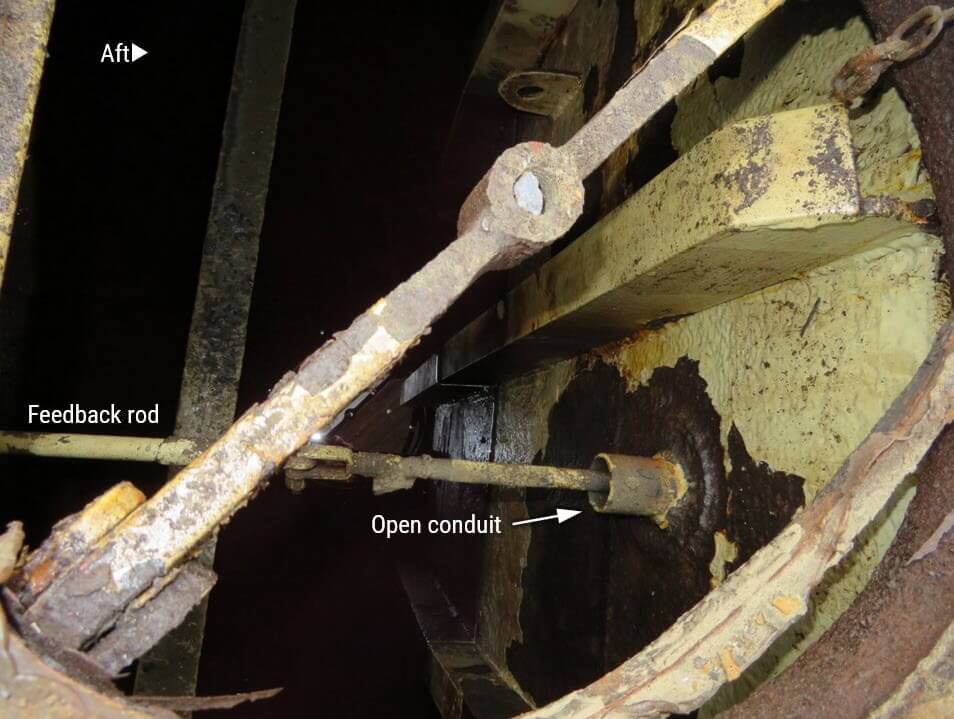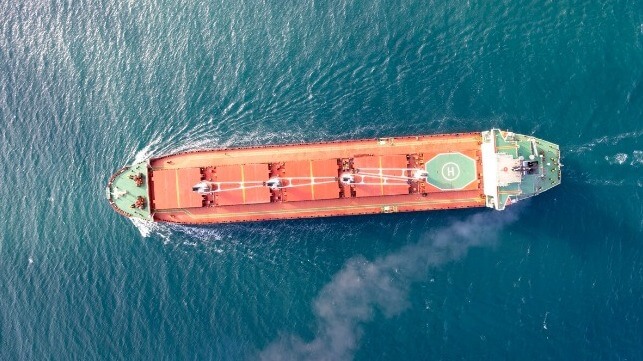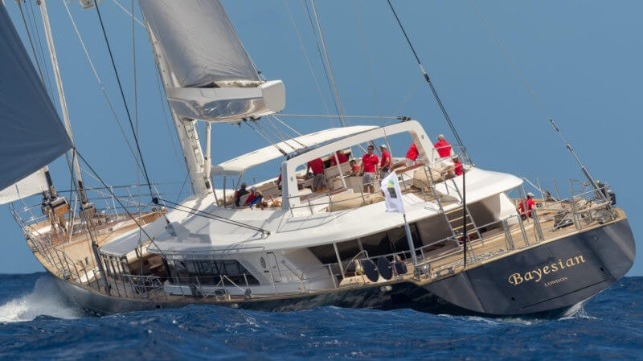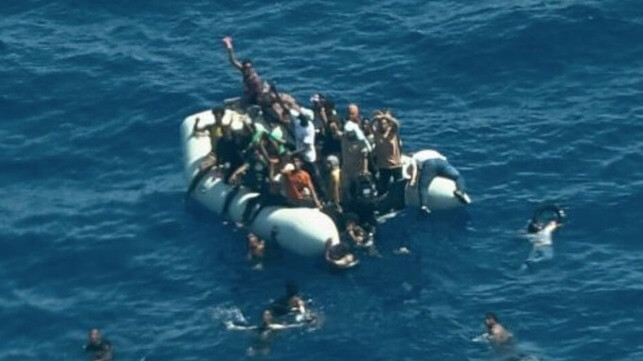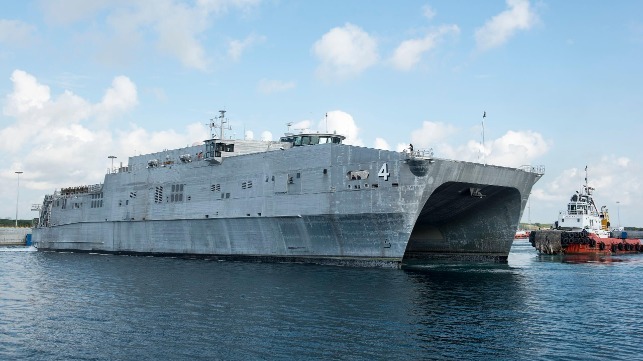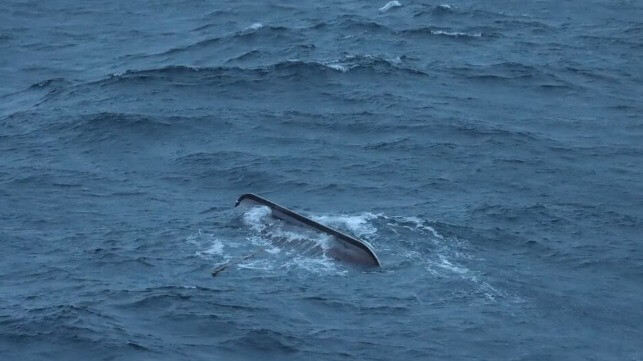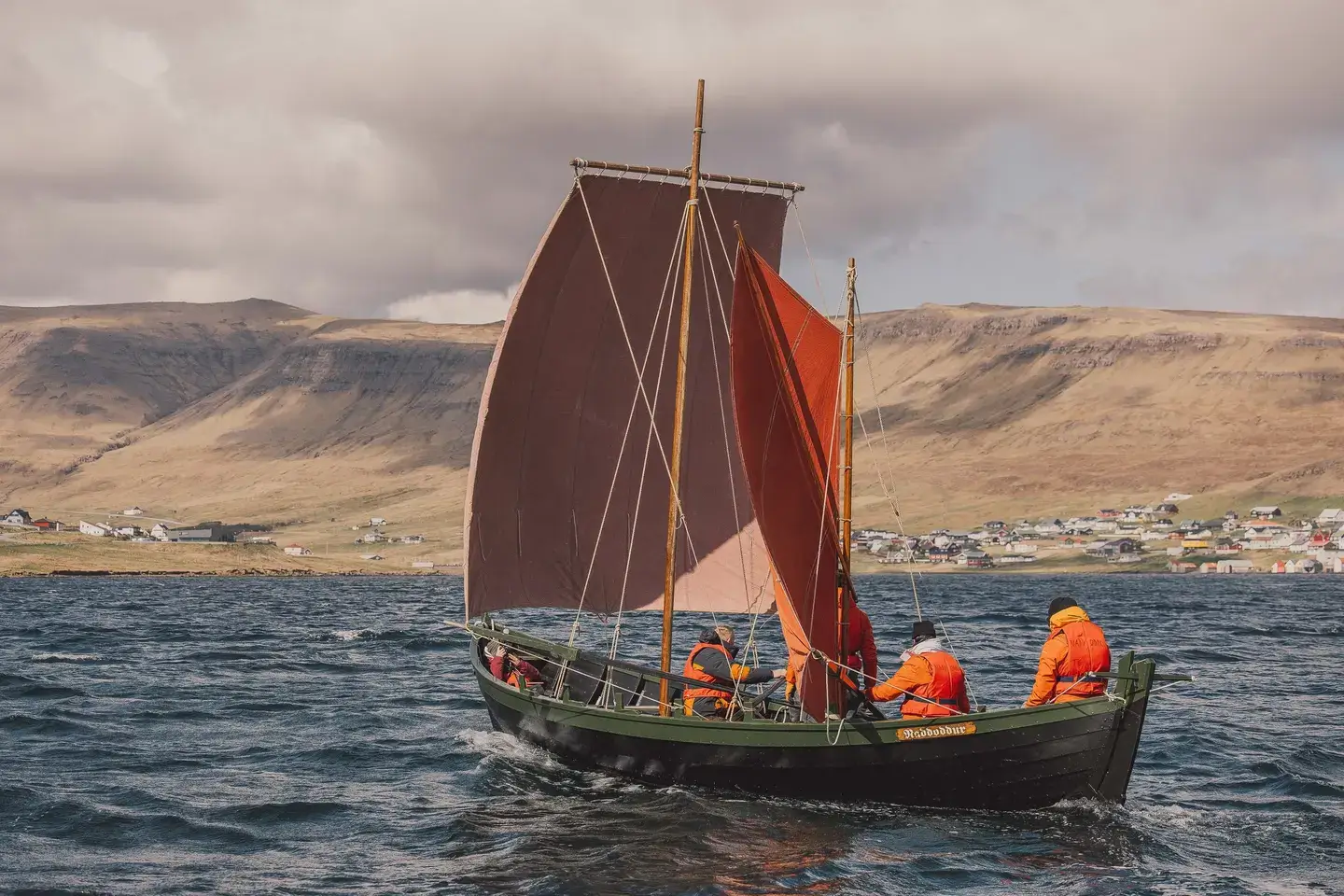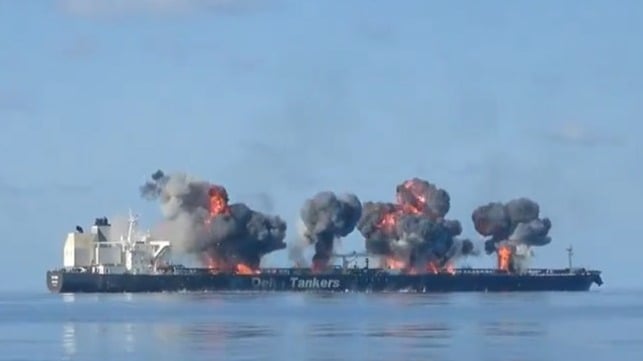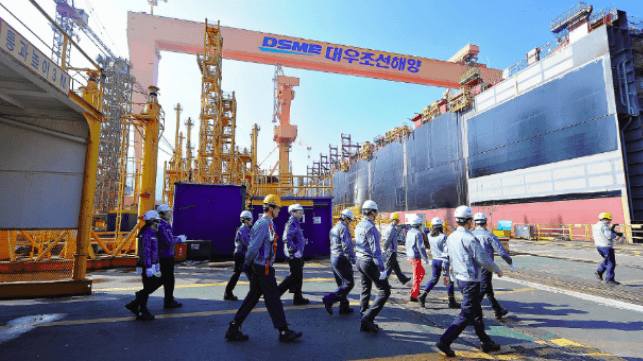Mingyang Stands Up Record Setting Massive 20MW Offshore Wind Turbine
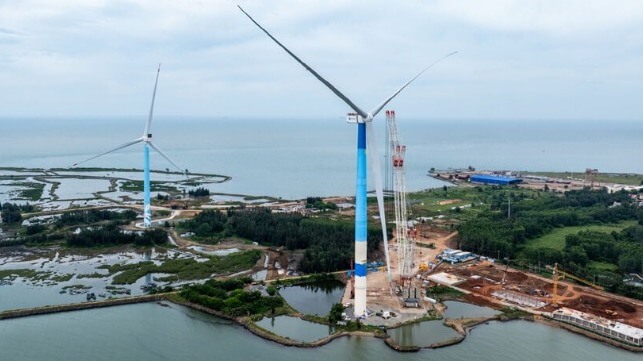
China’s wind energy companies are continuing their race to build the largest offshore wind turbines with Mingyang Smart Energy announcing today the installation of a massive 20MW turbine. The unit which is capable of operating at between 18 and 20 MW becomes according to the company “the world’s largest single-capacity offshore wind turbine.”
The new unit was successfully installed yesterday, August 28, in Hainan, China. It is one of China’s southernmost provinces on the South China Sea near Vietnam. Mingyang in the past has said its massive turbines were suited for high wind speeds and deep ocean placement.
The 20 MW unit features a modular, lightweight design. The rotor has a diameter of 260 to 292 meters (853 to 958 feet). At an average wind speed of approximately 18 mph, the turbine can generate 80 million kWh annually. Mingyang says it will offset 66,000 tons of CO2 emissions.
The size race continues to accelerate in the industry. Just three years ago, Vestas highlighted that it had installed what it called the tallest and most powerful offshore wind turbine, the V236-15 MW. Testing was underway on a unit that they highlighted would stand over 900 feet with a production output of 80 GWh/year.
In June of this year, competitor Dongfang Electric pushed the limits of the field completing the installation of its 18 MW semi-direct dive turbine also designed for deep sea offshore installations. The 18 MW turbine they reported covers a diameter of 853 feet (260 meters) and would be capable of producing 72 million kWh per year.
While taking the current title for the largest unit, Mingyang however is not done yet. Last October the company surprised the industry with the announcement that it was developing an even larger 22 MW turbine. The company reports it will have a diameter of over 1,000 feet and they expect to demonstrate the unit by 2025. Because China is prone to typhoons, the company said the blades would not only be strong and resilient and that the new 22 MW turbine is designed to operate at wind speeds of up to 19 to above 22 mph.
Mingyang points out it is possible to achieve these sizes due to the advancements in manufacturing and lightweight carbon fiber technology.
Equinor Retreats From Three Offshore Wind Markets
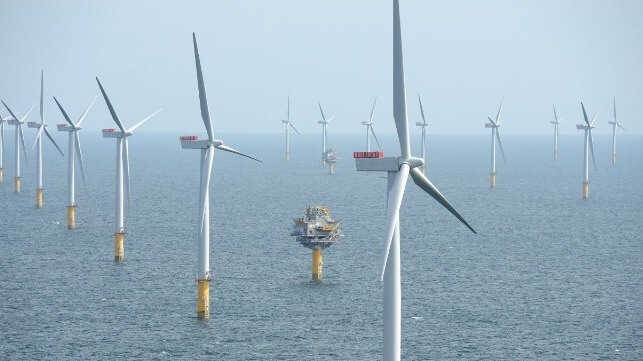
Norwegian state oil company Equinor has announced that it is retreating from key emerging markets in the global offshore wind sector. After closing its office in Vietnam, it is now canceling all offshore wind projects in Portugal and Spain.
Equinor cited high interest rates, inflation in equipment and construction costs, and delays in the offshore wind supply chain for its decision to exit Spain and Portugal. "It's getting more and more expensive, and we think things are going to take more time in quite a few markets around the world," renewables chief Paal Eitrheim told Reuters.
Eitrheim said that Equinor has not changed its overall green-energy targets, but that onshore renewables - solar and onshore wind - look more attractive from a cost standpoint at present. He hinted that Equinor may continue to pull out of other offshore wind geographies as well, depending on future developments.
The vast majority of Equinor's revenue comes from oil and gas, and it has other potential uses for its capital. Earlier this week, the firm announced a commitment to invest up to $6.7 billion per year in the Norwegian offshore oil sector through 2035.
Equinor announced its decision to pull out of Vietnam on August 23, citing cost, and it is closing its local office in Hanoi. In addition to the same inflation and cost-of-capital factors found elsewhere, regulatory delays and the local preference for state-owned enterprises are holding back development off the Vietnamese coast, even though Vietnam has favorable near-shore site options and strong wind conditions. Orsted, the market leader in global offshore wind, suspended its Vietnamese-market plans last year; Equinor's departure leaves the Southeast Asian country without any international partners for offshore wind projects.
BOEM Partners with Local Authorities to Explore Wind Power in Territories
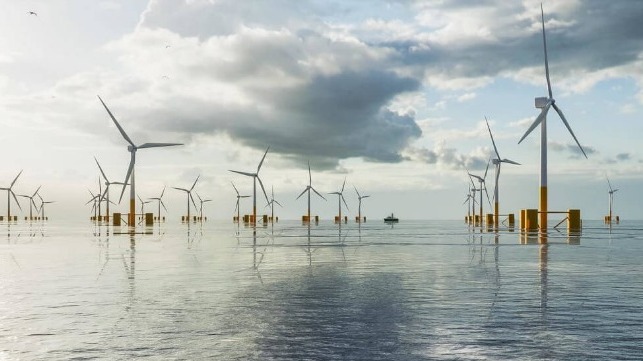
The Bureau of Ocean Energy Management is continuing its long-term planning exploring opportunities for offshore wind energy including expanding it to U.S. territories. After opening the U.S. West Coast and Gulf Coast for the first lease auctions, BOEM’s long-term plan looks at territories in both the Atlantic and Pacific, with Gaum as one possibility along with expanding offshore wind power to Hawaii.
BOEM reports that it is continuing to conduct stakeholder engagements with the territories projecting that the first sales might come as soon as 2028. Last week, after an eight-year hiatus, the first meeting of the BOEM/Hawaii Intergovernmental Renewable Energy Task Force took place and the first meeting of the BOEM Guam Intergovernmental Renewable Energy Task Force is scheduled for September 11.
The purpose of the task forces is to serve as a forum to discuss issues and concerns. According to BOEM, the meetings exchange data and information about biological, cultural, and physical resources, ocean uses, and priorities. They facilitate dialogue and collaboration for opportunities.
Efforts are more advanced in Hawaii where a floating LiDAR study was conducted in 2022 east of the island of Oahu. BOEM reports it first received unsolicited indications of interest for offshore wind energy in Hawaii in 2016. That led to the formation of the task force and public scoping meetings.
In July 2024, the Hawaii Floating Offshore Wind Regional Ports Assessment was completed. The study analyzed the current and planned infrastructure of Hawaii ports to assess their ability to support the floating offshore wind industry and explored deployment scenarios to support the industry.
BOEM will be using a similar model in Guam where it reports it has had discussions with the local government. The first session of the task force will look to define issues. The task force has a goal of ensuring that the plans for offshore wind energy align with Guam’s sustainability goals and also to assist in identifying the most suitable areas for potential offshore wind leasing.
The Inflation Reduction Act of 2022 contained provisions that amended the Outer Continental Shelf Lands Act. According to BOEM, this allows for wind energy leasing to take place in the U.S. territories.
In addition to exploring the opportunities in the Pacific, BOEM reports it I also looking to potential opportunities in the Caribbean. The bureau reports preliminary discussions with the government of Puerto Rico. It has also had initial contact with the U.S. Virgin Islands.
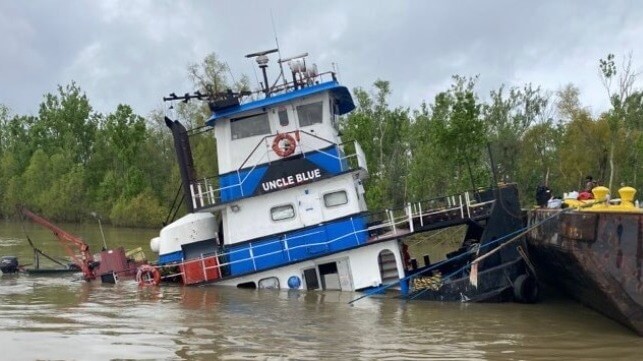
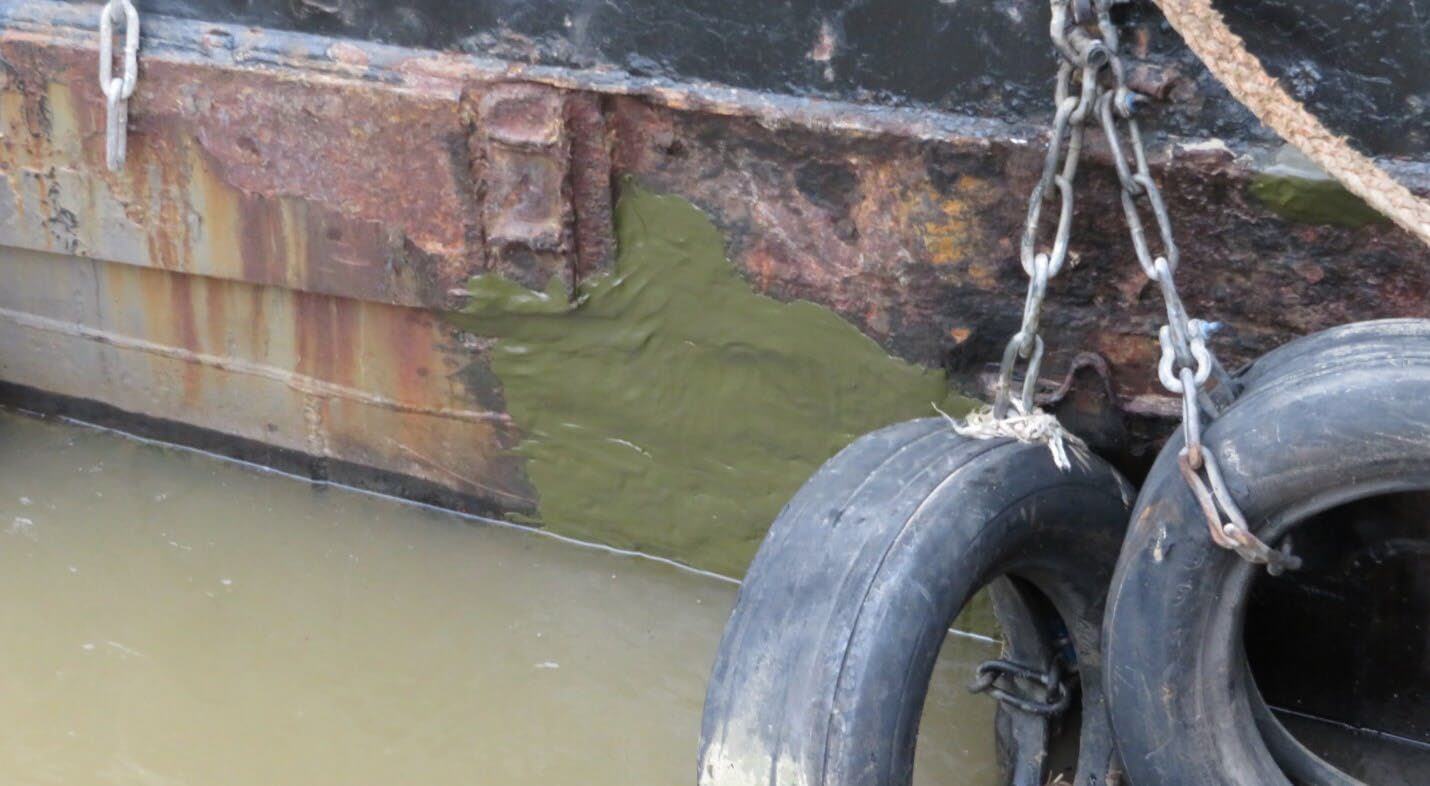 Temporary epoxy patch over the multiple wastage holes in the hull. A preexisting doubler plate is visible to the left of the patch (NTSB)
Temporary epoxy patch over the multiple wastage holes in the hull. A preexisting doubler plate is visible to the left of the patch (NTSB)